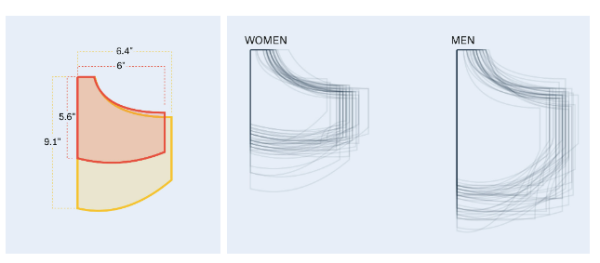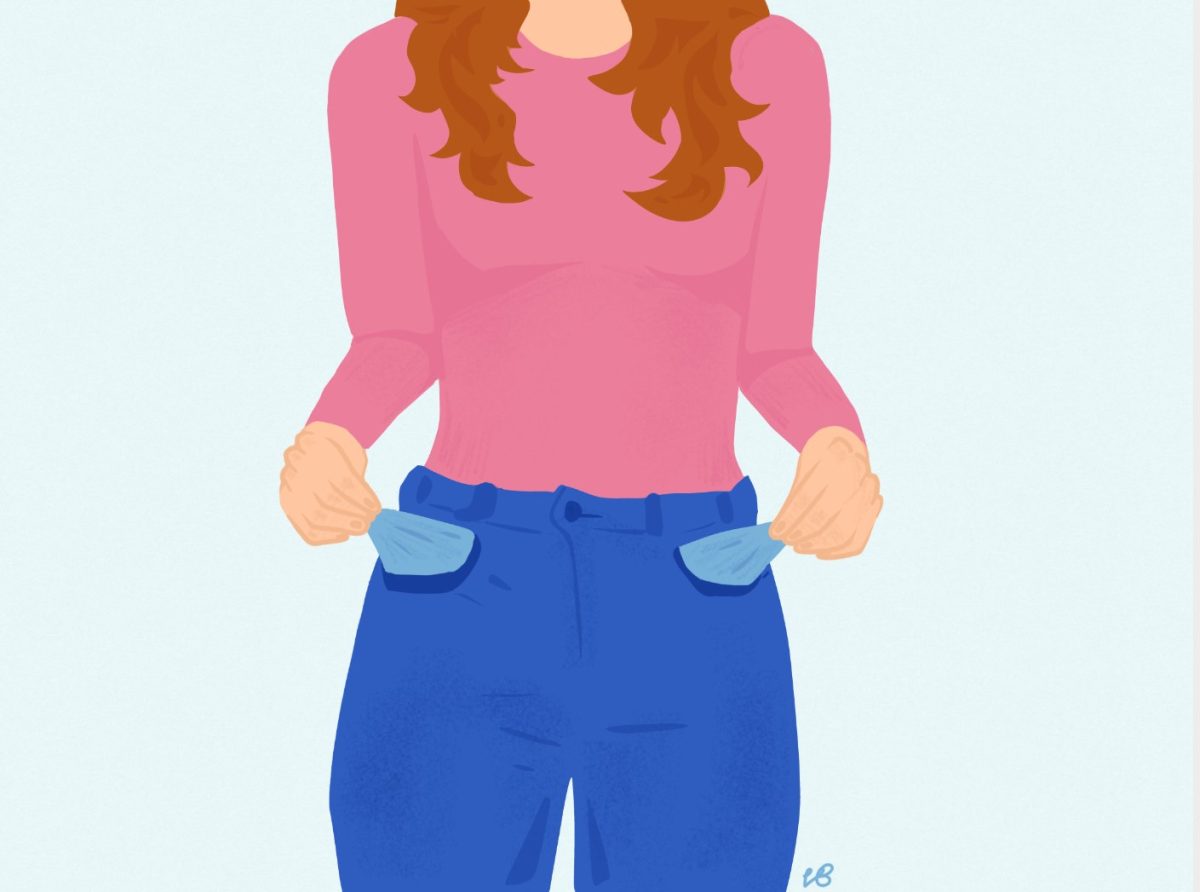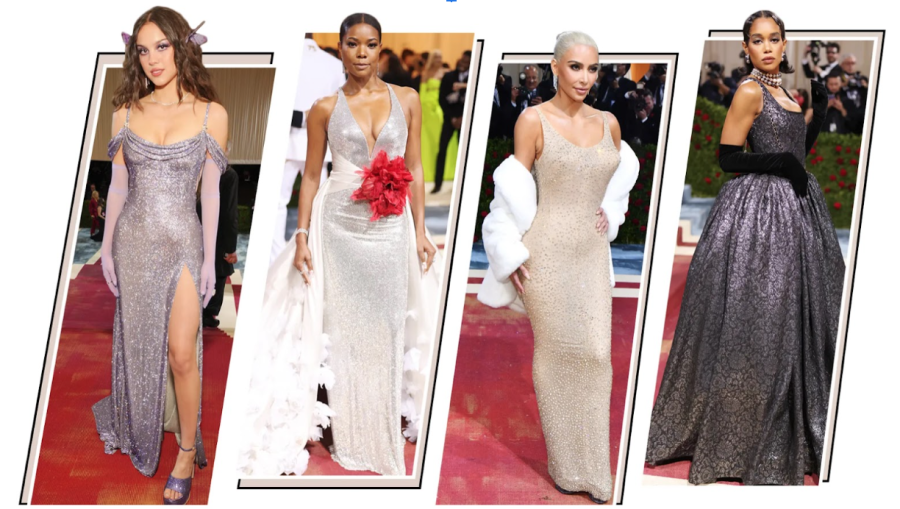You’re about to leave your house to meet up with your friends when you see your dad get home. He walks through the door and stops at the entry table, reaching into his deep pockets to pull out his keys, wallet, phone, a pack of tissues, a mini flashlight, a Swiss Army knife, a pen, his reading glasses, and a tiny comb. You, on the other hand, move to slide just your phone into your pants pocket—only to realize there isn’t one. But oh! Your jacket seems to have—nope, those are fake. Where can you put your phone now? Dilemmas like this are more common for women than one would think. But why don’t most women’s clothes have pockets already?
Some people argue that many women’s clothes do have pockets. That may be true, but there is simply no denying that women’s pockets are significantly smaller than men’s pockets.
A study for a Seattle publication by a senior journalist, Jan Diehm, revealed that on average, only about 40% of women’s pockets can hold what 100% of men’s pockets can. This study was done on several dozens of jeans of all sizes from about 20 different brands. Below, you can see a visual from the study that illustrates the differences between men and women’s jeans. Those are stats that can’t be ignored.

It turns out that long ago, men and women both didn’t have pockets. Rather, everyone would carry around a little bag on a string tied to their undergarments. But during the 16th century, as people’s clothes became less bulky and more form-fitting, it just made more sense to sew the pockets into their main layer of clothing, since that would be more convenient than attaching an unwieldy external bag from the outside. So, many people began sewing pockets into men’s clothes…and completely forgot about the women’s clothes. No biggie, someone would get around to it, right? Wrong.
As time moved on, women continued to have bags tied to awkward places on their clothes while men danced through the meadows with pockets full of posies. No matter, by the next era of fashion, pockets would surely become part of women’s clothing, right? Wrong.
The French Revolution came and went in all its brutal non-glory, and women’s clothes became slimmer and more figure-hugging. This meant that having pockets and putting things in them would disrupt the sleek silhouette. No matter, when women start taking up men’s jobs during the World Wars, surely they will get some pockets for functional use then, right? Yes, actually.
The world wars were the first time in American history that women’s pants gained pockets—albeit still shallower than the average man’s. After all, as time goes on, women’s pockets will surely get bigger and better, as most American products tend to do, right? Wrong again, actually.
Once the World Wars ended, women went back to being expected to show femininity, arguably more intensely than before. Back to the tight, pocket-erasing clothes.
What could be some reasons this phase hasn’t changed until now? One argument is that designers can’t add pockets now because that would hurt the $8 billion dollar handbag industry. However, it can be safely assumed that people who didn’t buy purses before aren’t going to start now, and those that are used to buying them won’t just stop if they get pockets—simply because of the human tendency to resist a change to their routine. Nothing is going to harm the handbag industry. So why not just add pockets to women’s clothes for those that want them? Another problem is that the fashion industry is dominated by male designers, most of whom value fashion over function. What we need are more voices of the women who actually wear these clothes to be able to say what they want in them. “Pockets are necessary because people don’t wanna carry bags or purses around all the time,” Glenbard West freshman Yusra Mohiuddin says.
Senior Saania Iqbal adds that, “people need pockets in case they want to store something they don’t necessarily want everyone to see.”
A consumer management teacher, Mrs. Troianiello, announces, “I need pockets on my clothes. I will always prefer a dress with pockets. They make everything so much more convenient.” She, like most people wearing women’s clothes, has felt that moment of pure joy when one finds a cute dress that—wait for it—also has pockets!
So what can we do to change this? Recently, some stores such as H&M and Zara have started organizing their clothes based on clothing type—such as jackets, pants, and shirts—in European locations and getting rid of separated men’s and women’s sections, choosing instead to sort by size.
Besides eliminating restrictions on what men and women “should” wear, this new system means that we may begin to see more equality among pockets as designers realize that they can’t get away with cutting them for a specific demographic anymore. By supporting stores that do sell women’s clothes with pockets and stores that don’t separate men’s and women’s sections, we can hopefully motivate other big brands to bring equality to women’s clothes, and especially their pockets, once and for all. The little things in life matter, but let’s fight to make sure that our pockets aren’t one of them.












